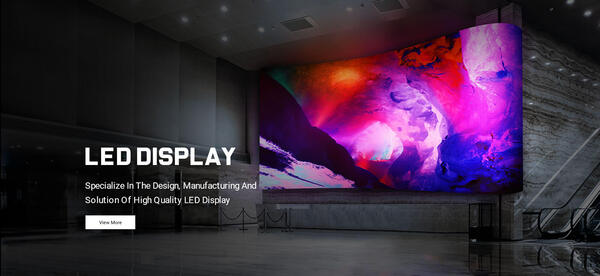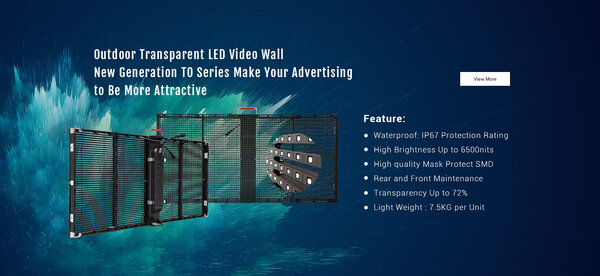Copyright © 2020 Shenzhen Vision Pro Electronic Co., Ltd All rights reserved. Site Map Powered by iwonder.cn
In today's digital age, LED displays have become an integral part of commercial, cultural and entertainment venues. The optimization of its design and user experience is crucial to enhancing the brand image, spreading the message and engaging the audience. This article will explore the key factors in indoor LED display design and explore how to optimize the user experience to meet the needs of different occasions.

The layout and size of the LED display should take into account the viewing Angle of the audience and the actual situation of the site. The proper layout can attract people's attention to the maximum extent and ensure that the message is clearly communicated. At the same time, the size of the screen should be large or small, and a reasonable choice should be made according to the viewing distance of the audience and the requirements of the content.
High resolution and appropriate pixel density are key to ensuring the clarity of the displayed content. The resolution of the LED display should be reasonably selected according to the viewing distance of the audience and the details of the content to ensure the clarity and delicacy of the content. Small Pixel Pitch LED Screens,ideal for high-end commercial indoor display like retail and creative displays.
Color brightness and brightness uniformity directly affect the user's visual experience. LED display should choose high-quality LED beads and drivers to ensure the accurate reproduction of color and balanced distribution of brightness, so as to enhance the user's viewing experience.
The interface design of the Creative LED display should be simple and clear, easy for users to understand and operate. The clear and concise interface layout and easy-to-operate interaction function can improve the user experience, reduce the user's operation difficulty and learning cost, and enhance user satisfaction and loyalty.

The content of the LED display should be customized according to the needs of different occasions and audiences. Diverse and personalized content can attract more viewers and enhance their sense of engagement and experience, thereby increasing user satisfaction and loyalty.
Regularly updating the display content, timely feedback on user needs and feedback, and increasing interactive design elements, such as voting, message boards, etc., can effectively improve user experience, increase user engagement and loyalty, thus promoting information dissemination and brand marketing.
The design of the LED display should be coordinated with the indoor environment and atmosphere, so that it is integrated into the overall space design, to achieve a harmonious unity with the surrounding environment. Through the coordination of music, lighting and other elements, to create a comfortable and pleasant atmosphere, enhance the user's viewing experience and participation.
Regularly collect user feedback and data statistics, analyze user behavior habits and preferences, timely adjust and optimize the design and content of LED display to improve user experience and satisfaction, so as to achieve the best effect of information dissemination.
By continuing to use the site you agree to our privacy policy Terms and Conditions.